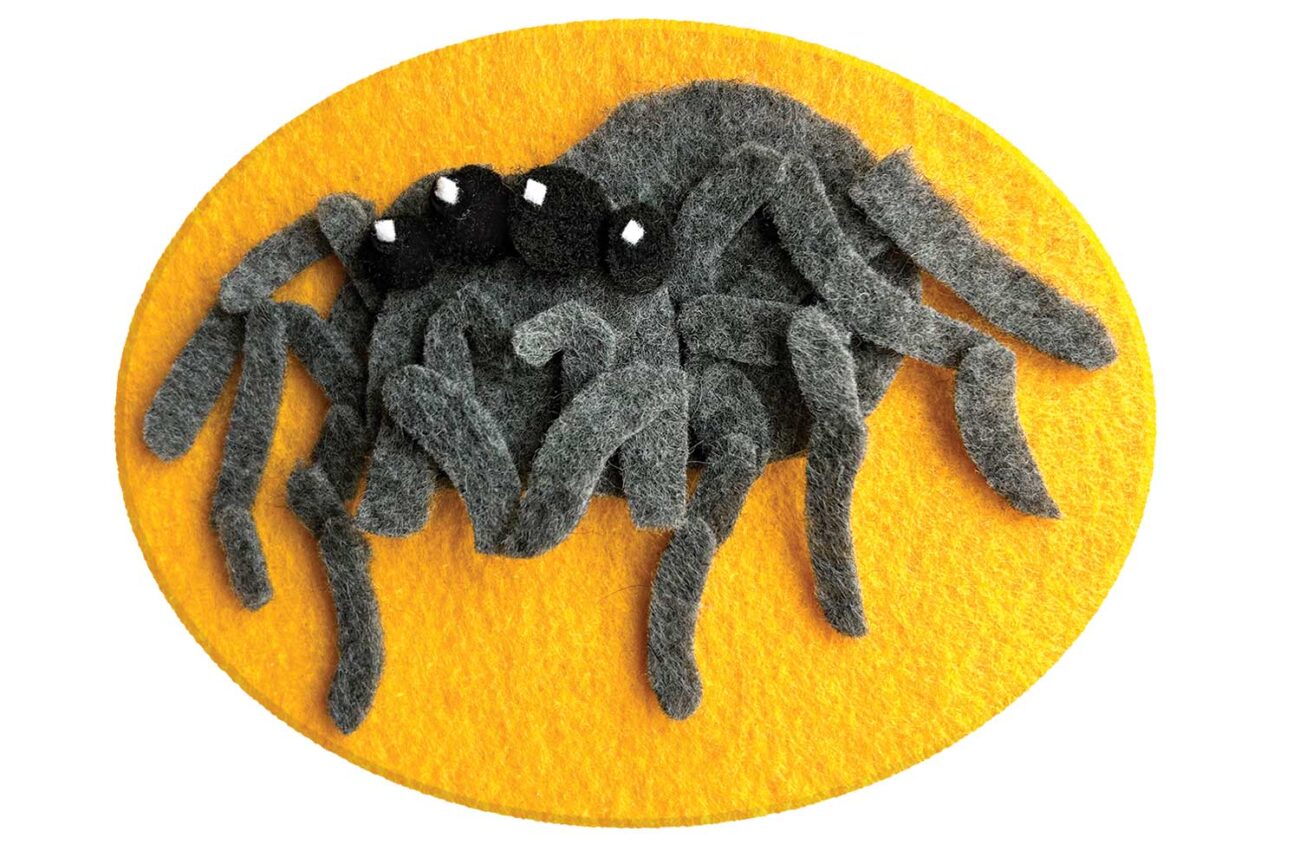In the summer and early fall, people begin to see more spiders as they spend more time outside, open house windows and explore the Oregon outdoors. And often, as we get bitten up from who knows what, we blame creepy crawly spiders. I have complained to my mom about the very itchy and annoying bug bites that have plagued me (she always tells me I would not survive living on the East Coast), saying it must’ve been a spider because there is no way a mosquito could cause so much suffering.
But I guess, somehow, I was wrong.
Hobo spiders, which are common in Oregon, are the most active between June and September, when males are looking for females to mate with. But they very, very rarely bite humans, and, according to the Centers for Disease Control and Prevention, their venom is not considered toxic to humans. University of California’s statewide integrated pest management program has done studies that show that injection of the hobo’s venom into animal skin does not lead to any reactions.
The other spiders that folks think bite them are brown recluses, but “despite popular belief, they are not in Oregon,” says Greta Binford, a biology professor at Lewis and Clark College, whose research focuses on spider biodiversity and venom. “They’re in my lab, mind you, but other than that they’re not found in Oregon.”
However, black widows are found in Oregon, with their range being in the southern and eastern parts of the state. Black widows are one of the two spiders in North America that can harm humans, brown recluses being the other. Their venom contains neurotoxins, which affect the brain and turn on neuromuscular junctions.
The venom “opens up the communication between nerves and muscles, and doesn’t shut it off,” Binford says. “And that turns out to be really painful. It causes intense cramping that lasts for about 24 hours-ish. And that’s when it goes away. And that’s pretty much it.”
Personally, as a child, I thought black widows were at the top of the list of threats to life, right next to quicksand and the Bermuda Triangle. Once again, I guess I’m wrong.
Binford says that as an arachnologist, Oregon is an incredibly exciting place to be, because we still have old-growth forests, and there are still species being discovered. She just discovered a species in the Columbia River Gorge but has yet to name it.
“It’s wonderfully humbling to realize that with so many things, like spiders, in our backyards, just by sitting and watching them carefully, you can discover new things,” she says. “There are so many species and so few people asking questions and taking the time to look carefully at them, that that discovery awaits.”
